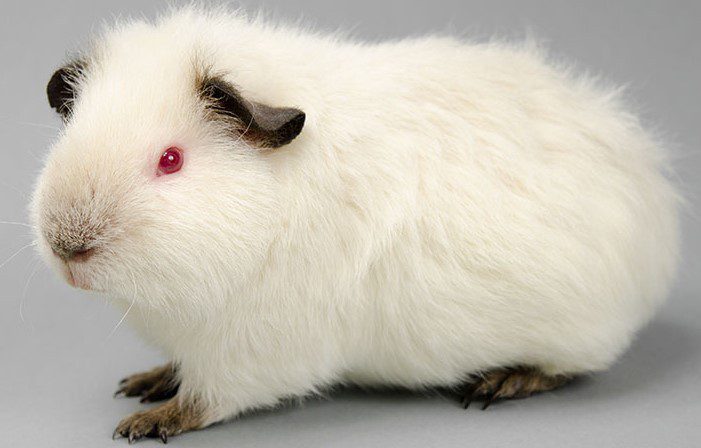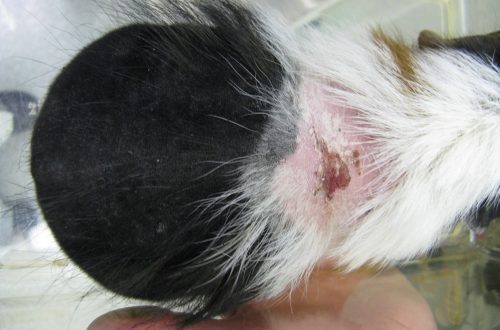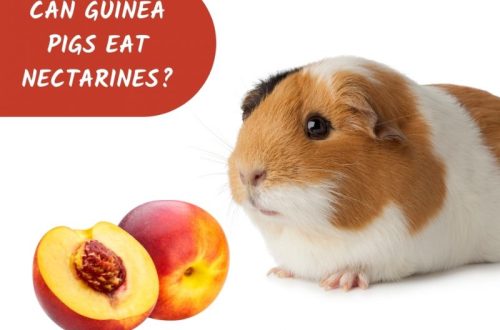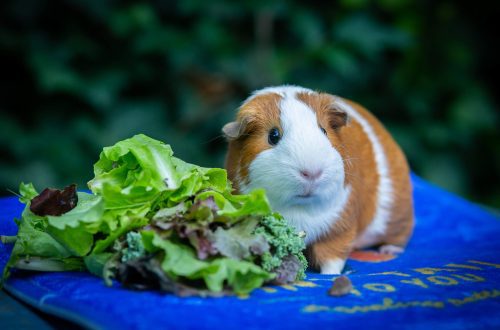
Himalayan guinea pig show standards
Exhibition scores for judging Himalayan guinea pigs
Mask
The ideal shape is pear-shaped, symmetrically located between the eyes.
Max. number of points – 25
Paws
Intense color on the entire surface to the legs. Black Himalayan paws are pure black, while brown paws are pink to milky brown. Showing brown Himalayan gilts with very dark markings (brown-black) must be severely penalized. Max. number of points – 20
Wool and color
Smooth-haired, without spots on a white background. Body color should be as white as possible. The body color should be pure white with black or milk chocolate markings. Max. number of points – 20
breed type
A short, tightly knitted body with a broad head that resembles the shape of the head of a selfie.
Max. number of points – 10
Ears
Fully painted to the very foundation.
Max. number of points – 10
Eyes
Large and bright red.
Max. number of points – 5
Condition
Clean and well-fed.
Max. number of points – 10
Total: 100 points
Disadvantages
The main faults are the lack of intensity or mottling of the dark markings and off-white color of the whole body. Exhibited gilts with very bad body color should be severely penalized. The presence of a cyst also affects the score, the larger it is, the lower the mumps score.
A light border on the ears or damage should be severely penalized, since the ears are one of the most important parameters in the standard and all faults are strongly inherited.
Marked ruffle (see fig.) of the hair or changes in the direction of hair growth, including around the eyes, on the sides and on the abdomen, should be penalized, depending on the severity.
The presence of ticks or lice eaters greatly reduces the assessment of the mumps or even leaves it without it.
Damage to the coat, dirty coat, greasy or unkempt hair must be penalized according to the severity of these faults.
Disqualifying faults * White toes or white paw pads on hindquarters. * White paws or claws on top. * White paws/claws underneath. Unpainted pads. * Loose eyelids that are visible to the naked eye, without special intervention. * Obviously pregnant females. * Damage to the coat. * Hard hair on the muzzle, sticking out to the sides. * Sockets. * Physical anomalies, such as missing eyes, cataracts, leg injuries, crooked neck, obvious health problems. * White toes or white paw pads on hindquarters * White paws or claws on top * White paws/claws below. Uncolored pads * Droopy eyelids
Exhibition scores for judging Himalayan guinea pigs
Mask
The ideal shape is pear-shaped, symmetrically located between the eyes.
Max. number of points – 25
Paws
Intense color on the entire surface to the legs. Black Himalayan paws are pure black, while brown paws are pink to milky brown. Showing brown Himalayan gilts with very dark markings (brown-black) must be severely penalized. Max. number of points – 20
Wool and color
Smooth-haired, without spots on a white background. Body color should be as white as possible. The body color should be pure white with black or milk chocolate markings. Max. number of points – 20
breed type
A short, tightly knitted body with a broad head that resembles the shape of the head of a selfie.
Max. number of points – 10
Ears
Fully painted to the very foundation.
Max. number of points – 10
Eyes
Large and bright red.
Max. number of points – 5
Condition
Clean and well-fed.
Max. number of points – 10
Total: 100 points
Disadvantages
The main faults are the lack of intensity or mottling of the dark markings and off-white color of the whole body. Exhibited gilts with very bad body color should be severely penalized. The presence of a cyst also affects the score, the larger it is, the lower the mumps score.
A light border on the ears or damage should be severely penalized, since the ears are one of the most important parameters in the standard and all faults are strongly inherited.
Marked ruffle (see fig.) of the hair or changes in the direction of hair growth, including around the eyes, on the sides and on the abdomen, should be penalized, depending on the severity.
The presence of ticks or lice eaters greatly reduces the assessment of the mumps or even leaves it without it.
Damage to the coat, dirty coat, greasy or unkempt hair must be penalized according to the severity of these faults.
Disqualifying faults * White toes or white paw pads on hindquarters. * White paws or claws on top. * White paws/claws underneath. Unpainted pads. * Loose eyelids that are visible to the naked eye, without special intervention. * Obviously pregnant females. * Damage to the coat. * Hard hair on the muzzle, sticking out to the sides. * Sockets. * Physical anomalies, such as missing eyes, cataracts, leg injuries, crooked neck, obvious health problems. * White toes or white paw pads on hindquarters * White paws or claws on top * White paws/claws below. Uncolored pads * Droopy eyelids





